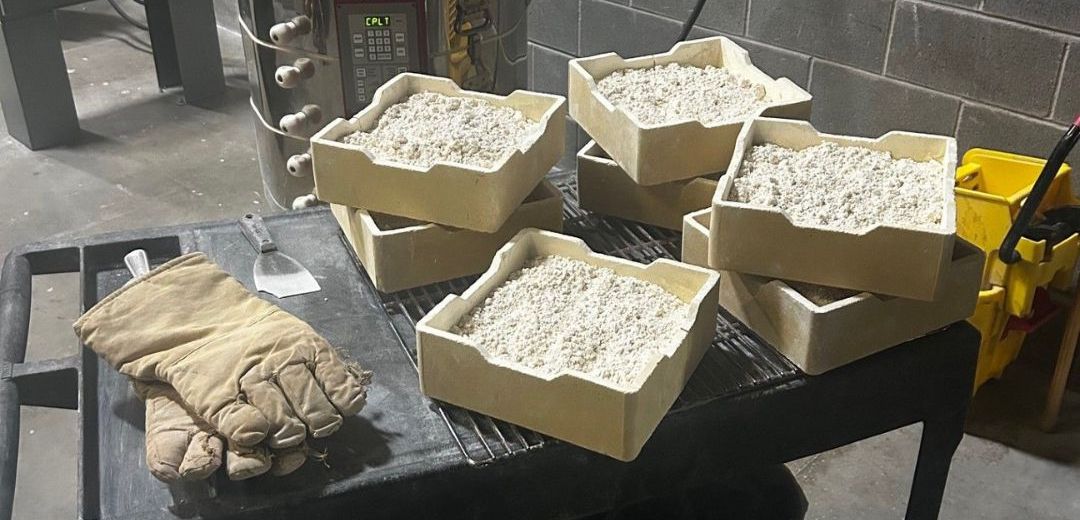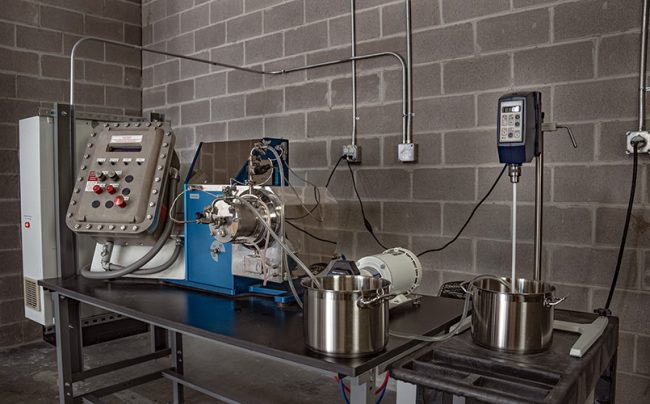
Early Stage Startups: Building from the Ground Floor
Being early stage doesn’t mean being unprepared. In the world of ceramics, it often means being willing to get dirty, move fast, and learn hard lessons. IntoCeramics has worked with founders who have nothing more than a bench-top kiln and a crazy idea, and some of those ideas are now real businesses. We know where the pain points are, and we know what investors look for when a ceramics startup is still sketching out its first product.
Setting the Foundation: What Investors Need to See First
Before you have orders, before you have parts, you have people. And in ceramics, the people behind the startup often say more about its future than any technical spec. So what does a good founding team actually look like?
1. The Founding Team
A strong founding team balances technical depth with operational realism. One founder might be a chemist with years in slip casting, another a supply chain expert who knows freight costs better than their own birthday. Investors look for signs that someone, anyone, on the team has seen a manufacturing line up close.
Red Flags and Green Lights
Red flag: nobody on the team has ever brought a physical product to market.
Green light: your lead engineer already has test data from a local kiln or toll manufacturer.
2. What Are You Actually Selling?
It’s tempting to lead with a spec sheet. High strength, low porosity, great thermal shock resistance. But specs aren’t a product. Are you selling finished goods? Raw material blends? Licensing a process? Pick a lane early and test the fit with your market.
3. Prototype to Production
You can outsource early, but eventually you’ll have to prove repeatable production. That means facilities, process controls, and a whole new world of documentation.
Common Missteps
Assuming scale is a matter of bigger equipment. It’s not. Materials behave differently at different volumes. Thermal mass shifts. Cycle times change. Your glazing behaves like it has a mind of its own.
Sample Lab to Production Timeline (months)
- Lab prototype: 0-3
- Pilot line: 4-9
- Production ramp: 10-18

4. The Real Costs of Getting Started
It’s important to understand where money actually goes so you’re not blindsided after the first round clears. Early ceramic startups burn cash on:
- Equipment (kilns, mixers, grinders)
- Materials (raws, binders, solvents)
- Compliance (MSDS, emissions, safety)
- Energy (and plenty of it)
Early Capital vs. Smart Capital
A $1M raise sounds great until you realize half of it is going into permitting and three-phase power upgrades. Look for investors who understand that materials scale-up isn’t a three-month sprint.
5. Why Ceramic Startups Take Time
Unlike fast-moving sectors, ceramic startups live and die on patience and planning. Sales cycles are long and customers are cautious. You may spend months just getting a test order approved, with results coming even later. But that delay is part of the opportunity…those same customers are often loyal for years once they commit.
During that time, what sets you apart? It won’t always be your formula alone. Your defensibility might lie in:
- Unique process IP
- Access to strategic mineral feedstocks
- Repeatable quality in complex parts
Sample Sales Cycle
- SaaS: 1-3 months
- Equipment: 3-6 months
- Advanced ceramics: 6-18 months
6. What Smart Investors Look For
Savvy investors know ceramics isn’t a plug-and-play business. They’re not only betting on your material science but your ability to operate, deliver, and adapt. The best ones have seen physical product startups succeed or fail based on their ability to hit tolerances, manage production hiccups, and respond to unexpected failures.
They want to know:
- Who’s doing the production?
- Where will it be done?
- What’s the contingency plan when your first lot fails QA?
Don’t Pitch a Perfect Story!
Serious investors want realism. They’ll trust you more if you admit what you don’t know and explain how you’ll find out.
7. Be Ready to Pivot
One of the hardest lessons in ceramic startups is learning when to modify the original dream. It’s easy to fall in love with the founding idea: a breakthrough formulation, a novel process, a beautiful application. But if the reality is that it doesn’t scale, the process is too exotic, or the capex and opex numbers don’t support a real payback, it’s time to shift.
We’ve seen too many early companies burn through capital trying to force a square peg into a round kiln. The better path? Adjust the model. Tweak the product. Find a more viable application. A modified vision is not a failure; it’s often the only way to get to long-term success.
Startups that win are the ones that adapt.

IntoCeramics’ Advice for Early Founders
Start talking to real customers early. Get help on process development. And don’t be afraid to bring in outside expertise when the kiln starts acting up. IntoCeramics has walked this road. Let us help you build something that lasts longer than the next funding round!
Ready to make your early stage ceramic startup real? Contact us today to start a conversation.